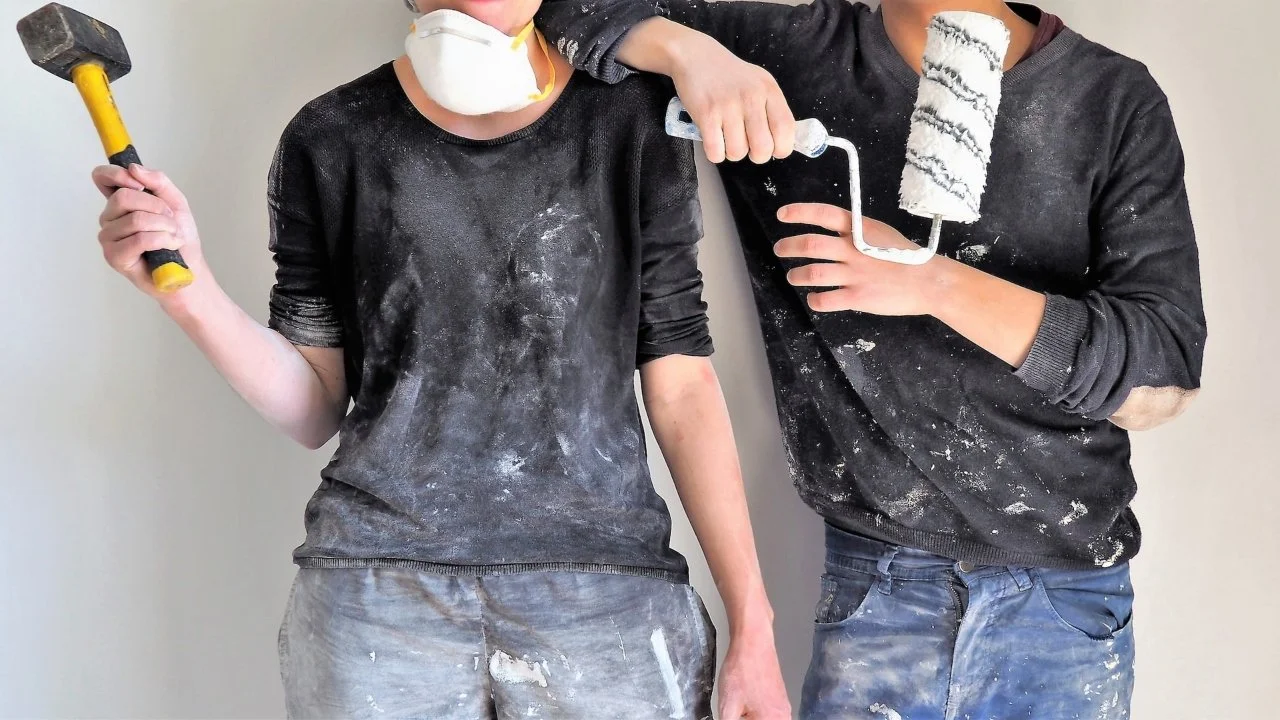6 Tips to Fix Your Home Safe after a Storm
RH Business Marketing Solutions
After a storm, your home looks like a disaster zone. The water damage is extensive, and the cleanup is time-consuming. How can you fix your home safely after a storm?
Storms are common occurrences during hurricane season, especially if you live in the South; you are aware of the harm a storm may cause to your house.
They cause flooding, power outages, and property damage. As soon as you and your family are secure, you should evaluate the damage and begin repairing and rebuilding.
Before a storm hits, you should prepare your home for the worst. Here are six ways to fix your home safe after a storm.
1. Always Put Safety First
If you live in an area prone to storms, ensure you have enough food and water supplies. Also, keep a flashlight with batteries nearby to see where you’re going when leaving the house.
Before beginning any cleanup, the CDC always advises using the appropriate safety gear. This calls for using heavy-duty gloves, a face mask, a hard cap, and tall, water-resistant boots. Until you are certain that you won't get wounded while fixing anything, you are not ready to do so.
Wait till the storm has passed and daylight has begun before doing any work. After a storm, the power is frequently down, making it dangerous to operate without lighting.
2. Be Sure to Inspect Everything
After a storm, check your home for any signs of damage. Make sure everything is secure and safe. Look at the roof, windows, doors, and other areas vulnerable to wind and rain.
To completely comprehend what must be done, take a thorough walkaround of the inside and outside of your home. Be aware of damage to doors and windows, as well as flooding.
Look for wet carpets, as they can get mold quickly. Make sure to dry them as soon as possible to avoid any damage. You can speed up the carpet drying process by using a fan, air conditioning, or leaving them under the sun.
If you don't want lasting damage from water, you will have to replace everything. Always collaborate with a partner to watch for any hidden dangers.
Remove plywood that has been installed to safeguard your home gently, gathering the nails along the way. Also, check your lawn for any sewage overflows; if there are any, you will need to call a professional to pump your septic tank.
3. Make Sure There Is No Secondary Damage
If there is no visible damage, it’s time to consider secondary damage. This includes things like water damage, mold, and structural issues. You should also inspect for utility damage under the ground.
In addition to the apparent indications of damage, such as downed trees or a leaky roof, you should be vigilant for concealed threats. Electrocution can occur because of flood water. Keep an eye on any downed electrical wires near water, and contact your utility company immediately.
Hurricanes can cause chemical fires in your home. You should contact the fire service department immediately if there is a sudden fire. They will safely put out the fire and indicate when to enter your home.
Chemical fire can leave a long-lasting bad smell in your house. Toxic substances may also be present in addition to their bad odor. Never use water to put out a fire caused by grease or chemicals.
4. Be Sure Your HVAC Is Working
It’s important to check your home’s heating and cooling system after a storm hits. Ensure everything is operating correctly after the storm and make any necessary repairs.
It can be challenging to resolve flooding in your HVAC system. Almost any moist environment can result in dangerous mold growing within 24 hours. A moldy HVAC system may spread a fungal colony, which will send spores flying into every nook and crevice of your house.
If you require a complete replacement or only a few repairs, speak with your HVAC provider. They will assist you with what steps you should take to fix them.
5. Take Photos For Proof
You must take photos of the damage before leaving your house during a storm to submit an insurance claim later on. Always document the damage with pictures to show your insurance company.
It will be much easier to deal with them when you need emergency repairs after the storm is gone. Also, if you are a tenant it will help you claim the repair cost from your landlord.
6. Be Prepared for the Next Emergency
After cleanup and repairs have been completed, it's time to start thinking about the next disaster. Be sure to prepare an emergency kit before an emergency strikes. Blankets, bottles of water, non-perishable food, fire extinguishers, solar or crank radios, batteries, and external phone chargers should be included in the emergency kit.
Prepare your home as well. Check that all your shutters are functioning to protect your home from flying glass, and invest in adequate insulation to keep your building watertight and prevent basement flooding. Even renovate your storm shelter so you have a place to be safe during the next storm.
You won't be able to predict with certainty when the next hurricane will strike, and you might need more time to prepare. Get ready right away, and you'll be grateful.
Conclusion
Even if you have no control over the weather, taking precautions and putting an emergency plan in place can shield your family and house from many storm-related damages.
To avoid feeling overwhelmed by the amount of labor, divide the chores into checklists based on the season and the needs. Consult with experts if you are unsure of how to prevent storm damage on your own; they will be able to provide you the best advice.




































